Soler & Palau TDP-S Manual
| Mærke: | Soler & Palau |
| Kategori: | Ikke kategoriseret |
| Model: | TDP-S |
Har du brug for hjælp?
Hvis du har brug for hjælp til Soler & Palau TDP-S stil et spørgsmål nedenfor, og andre brugere vil svare dig
Ikke kategoriseret Soler & Palau Manualer
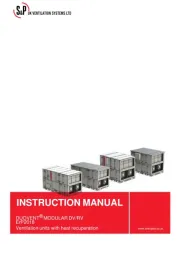
7 Juli 2025
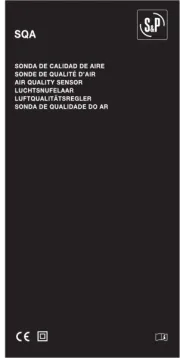
7 Juli 2025

6 Juli 2025
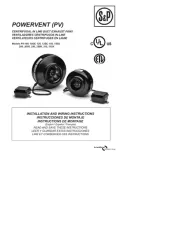
6 Juli 2025
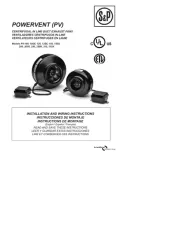
29 Marts 2025
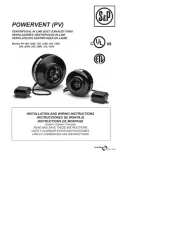
29 Marts 2025
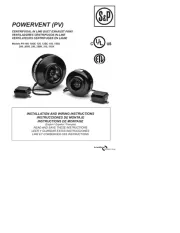
29 Marts 2025

28 Marts 2025

9 September 2024

2 September 2024
Ikke kategoriseret Manualer
- My Wall
- Mosconi
- YSI
- Wilson
- Carnival King
- Edgestar
- NVEESHOX
- Schwaiger
- Belkin
- Modbap Modular
- Extron
- Atlona
- Wintec
- The Box
- Magnavox
Nyeste Ikke kategoriseret Manualer

28 Oktober 2025

28 Oktober 2025

28 Oktober 2025

28 Oktober 2025

27 Oktober 2025

27 Oktober 2025

27 Oktober 2025

27 Oktober 2025

27 Oktober 2025

27 Oktober 2025
